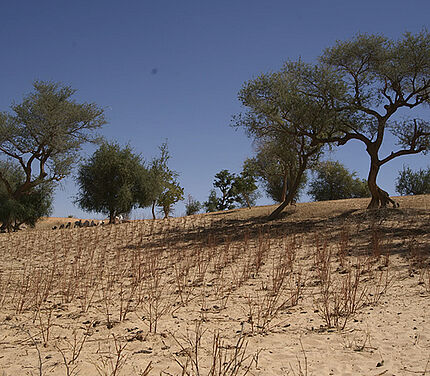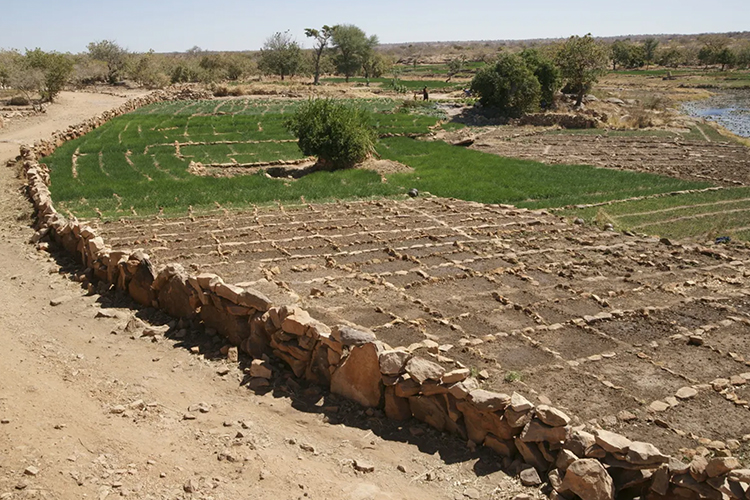AFRICA
Mali
Area: 1,240,192 km²
Geography: Mali is a landlocked country located in West Africa, with a subtropical to arid climate. Due to the country’s geographical extension it can be divided into three different zones: the southern cultivated Sudanese zone, the central semiarid Sahelian zone and the northern arid Saharan zone. Mali’s terrain is mostly flat with rolling plains in the north, savanna in the south and rugged hills in the northeast. In 2011 about 34% of the land was used for agriculture. (CIA, 2019)
Land Degradation: Studies suggest the annual loss of GDP due to soil erosion to account for 6 % of GDP. The most severe degradation in Mali occurs in the northern semi-arid belt between Gao and Mopti. Also the arid zone in the north is highly degraded. Most areas in the south are only moderately or mildly degraded, except for some small patches around cities, which are affected by severe degradation. (World Bank)
Sustainable Land Management: The Malian Government articulates a response to the challenge of land degradation in several national strategies and action plans. These strategies highlight internal solutions to ensure that land management is prioritized and better addressed. (World Bank)

ELD ACTIVITIES
-
Case study (2020)
Title: The Economics of Cotton Production in Mali and the Challenges of Land Degradation
Content: This study compares the economics of conventional and organic cotton production in the Koutiala and Bougouni counties in Mali.
Publication: April 2020
Report: EN FR
Policy brief: EN
Fact sheet: EN FR -
Capacity Building (2017-2020)
Within the Regreening Africa project, jointly implemented with the World Agroforestry Centre (ICRAF), the ELD Initiative is conducting trainings on the total economic valuation of terrestrial ecosystems and their services. Trainings are complemented by practical exercises as part of research within the country.

-
Case Study (2015)
Title: An economic valuation of agroforestry and land restoration in the Kelka forest Mali.
Authors: Sidibé Y., Myint M., Westerberg V.
Content: The Mali case study uses an ex-ante cost-benefit analysis of large-scale agroforestry and reforestation in the Kelka forest to provide decision makers with information about the value and importance of changing current land use practices towards more sustainable approaches. The benefits of large-scale landscape restoration from acacia reforestation and agroforestry in the Kelka area largely outweigh the costs both at the local and global levels for a time horizon of 25 years. Every invested USD may create a USD 6 benefit to local farmers and even a USD 13 benefit to global society due to advanced ecosystem services and carbon sequestration.
Report: EN, FR
CONTACT
ELD Secretariat
E-Mail: info@eld-initiative.org
